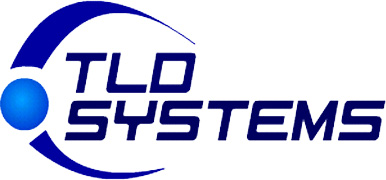“I saw an established patient who returned to the office for At Risk,” Routine Foot Care. The patient also had a new complaint of heel pain. I obtained X-rays the foot and gave a steroid injection in the heel. Can I bill for the Routine Foot Care and those treatments as well?”
So, an established patient is scheduled to be seen for “At Risk,” Routine Foot Care. The patient had a NEW complaint of heel pain at the same encounter. In other words, this is an established patient with a new problem. In addition to the performance of “At Risk,” Routine Foot Care, the affected foot with the heel pain was X-rayed and a steroid injection was administered into the painful heel. The big question is: “Can The E/M service, Routine Foot Care, the X-rays and the injection be billed for?” Well, yes.
Clearly, since this is an established patient with a new problem, an established patient E/M service can certainly be billed for. A medically appropriate history, a medically appropriate examination and medical decision making of low complexity all need to be performed and documented. Based upon this premise, this would qualify and support a significant and separately identifiable E/M service.
The E/M service would qualify for the E/M code CPT 99213 to be billed. As far as the X-rays are concerned, I am assuming that 3 views of the affected foot were obtained, and a written report was provided by the physician. This would support the billing of CPT 73630 appended by the LT or the RT modifier depending upon the affected foot. Since this is a Global X-ray study (Technical and Professional Components), an additional modifier is not needed. With respect to the steroid injection, assuming that the plantar fascia was injected, the appropriate CPT code to bill is CPT 20550 which is defined as the following: Injection(s); single tendon sheath, or ligament, aponeurosis (eg, plantar “fascia”). This would also be appended by the LT or the RT modifier depending upon the affected foot. In addition, it would also be appropriate to bill for the type and amount (in units) of the steroid that was administered.
What about the coding scenario?
CPT 99213 – 25 (The 25 modifier is appended to the E/M code to document that the E/M service was significant and separately identifiable) – The ICD-10-CM code to be linked would be M72.2, plantar fasciitis.
CPT 73630 – RT/LT (M72.2)
CPT 20550 – RT/LT (M72.2)
HCPCS Level 2 Code Jxxxx (_ Units) – RT/LT (M72.2)
The “At Risk,” Routine Foot Care code(s) appended by the appropriate “Q” modifier.
This is my opinion.
Michael G. Warshaw, DPM, CPC
Terrific NEWS!!!
THE 2025 PODIATRY CODING MANUAL IS NOW AVAILABLE in either Book or Flash-drive formats. It has been completely updated for the calendar year 2025 including the NEW policy for the application of skin substitutes that goes into effect February 12, 2025. Many offices across the country consider this to be their “Bible” when it comes to coding, billing, and documentation. The price is still only $125 including shipping! To purchase, access the website drmikethecoder.com.
No credit card? No problem! Just send a check for $125 to the following address:
Dr. Michael G. Warshaw
2027 Bayside Avenue
Mount Dora, Florida 32757



Read Comments